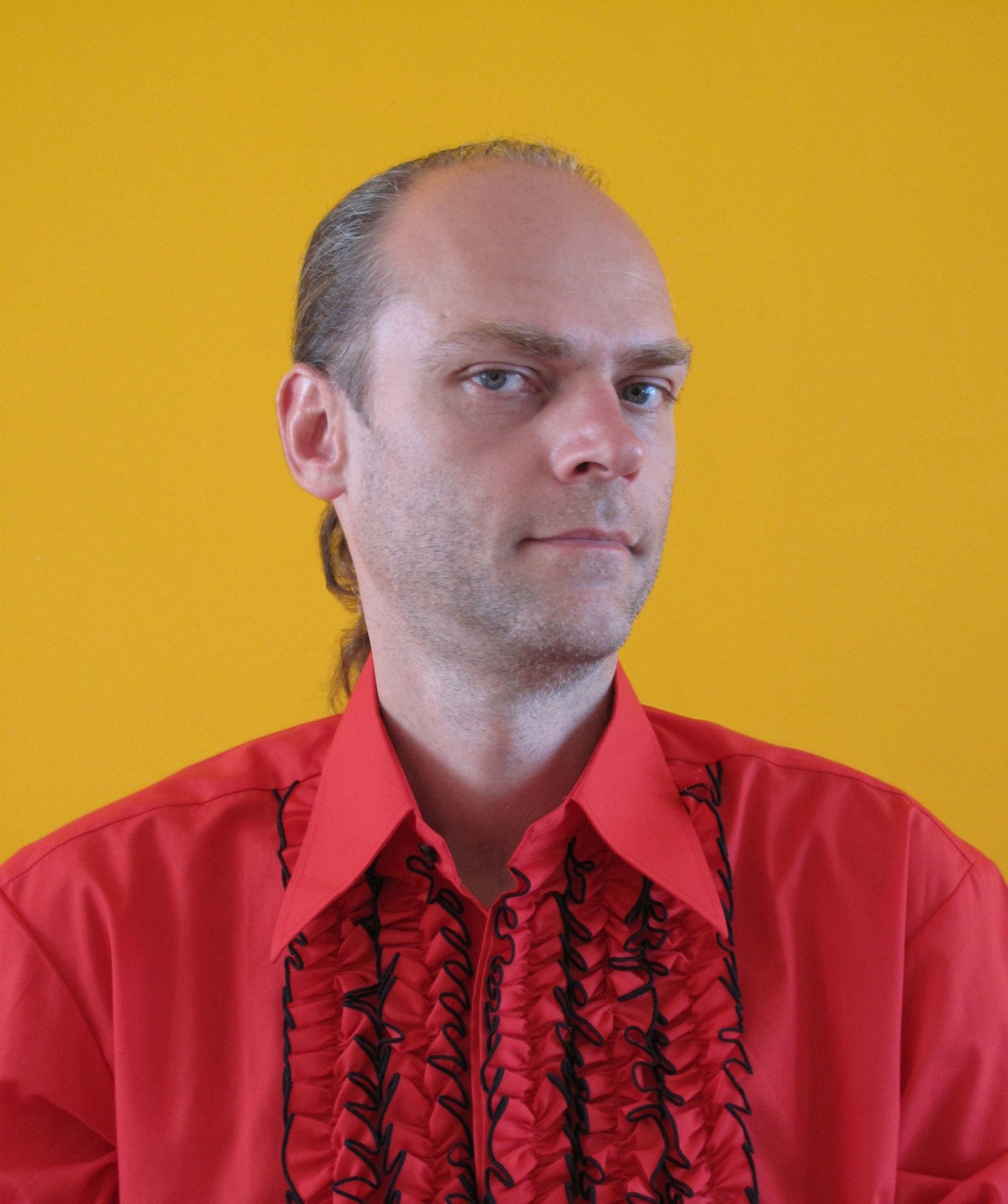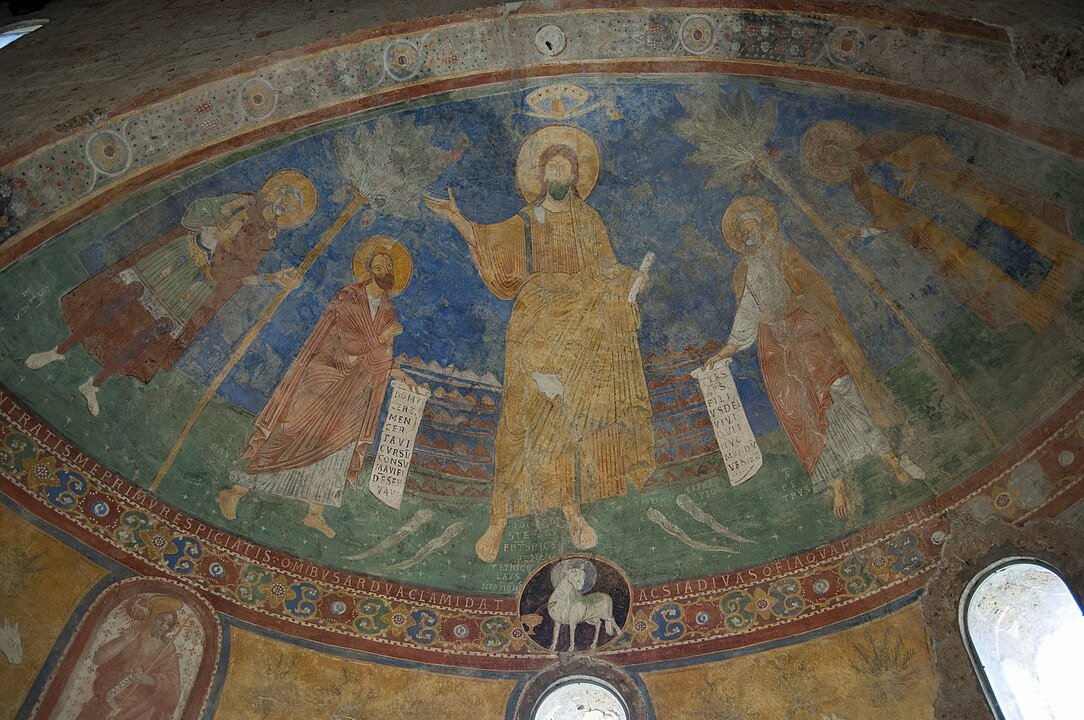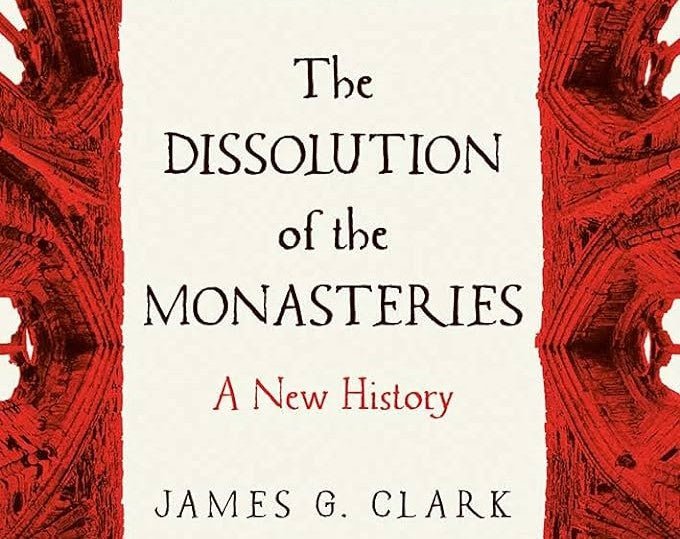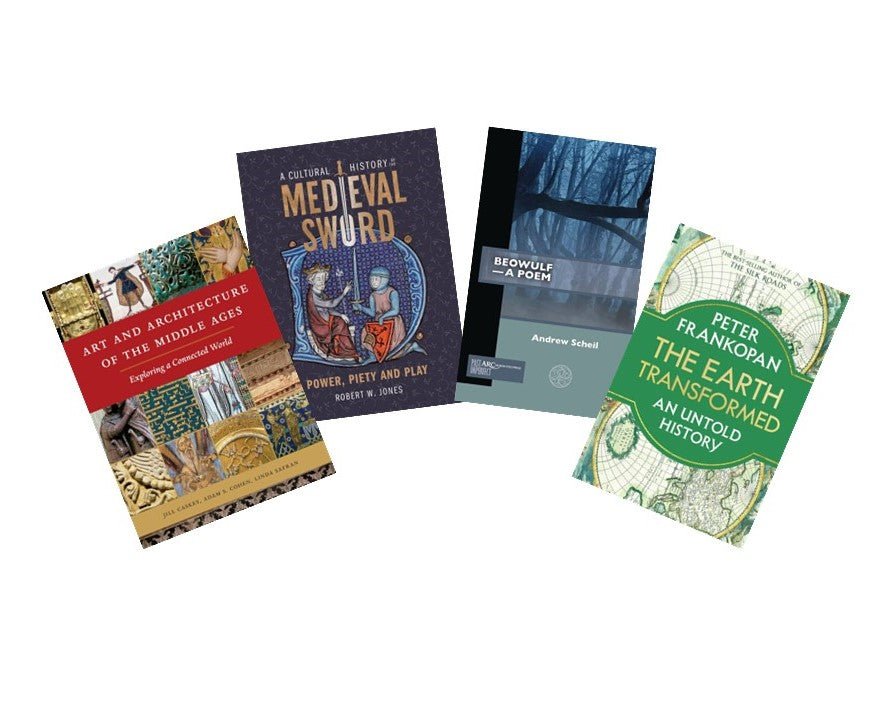Ethiopia's Medieval Churches
The first monograph dedicated to the great cruciform churches of late-eleventh-century Tigray, Ethiopia, was recently published in the Dumbarton Oaks Studies series!
Mikael Muehlbauer, Bastions of the Cross: Medieval Rock-Cut Cruciform Churches of Tigray, Ethiopia (Dumbarton Oaks Research Library and Collection, 2023).
About the book:
In the late eleventh century, Ethiopian masons hewed great cruciform churches out of mountains in the eastern highlands of Tigray, Ethiopia’s northernmost province. Hitherto unparalleled in scale, these monuments were royal foundations, instruments of political centralization and re-Christianization that anticipated the great thirteenth century churches at Lalibela. Bastions of the Cross, the first study devoted to the subject, examines the cruciform churches of Abreha wa-Atsbeha, Wuqro Cherqos, and Mika’el Amba and connects them to one of the great architectural movements of the Middle Ages: the millennial revival of the early Byzantine aisled, cruciform church. These were also the first to incorporate vaulting, and uniquely did so in the service of centralized spatial hierarchy.
Through resuscitated pilgrimage networks, Ethiopian craftsmen revisited architectural types abandoned since Late Antiquity, while Islamic mercantile channels brought precious textiles from South Asia that inspired trans-material conceptions of architectural space. Bastions of the Cross reveals the eleventh century, in contrast to its popular reputation as a “dark age,” to be a forgotten watershed in the architectural history of Ethiopia and Eastern Christianity.

About the author, from the author:
My specific interest in the architecture of early medieval Ethiopia stems from classes I took at Queens College CUNY on the art and architecture of the Byzantine Empire, taught by Warren Woodfin. Upon deciding to write a seminar paper on the hewn churches of Byzantine Cappadocia, I discovered, through an offhand reference, the enigmatic thirteenth-century churches of the Lalibela church complex in Ethiopia and later, the (and oft ignored) medieval heritage of the northern highlands (Tigray). Especially for the latter, I couldn’t find much, but nonetheless I was hooked!
When I decided to make a career of Art History, and applied for graduate school, I decided that the rock-hewn churches of Ethiopia would be the focus of my research. As I learned later, Ethiopia was, and to some extent still is, a hard sell in the academy – in North America the field still falls through the cracks of area studies, and lacks the generational interest of French, German, and Ethiopian universities – though Stephen Murray, the great historian of the French Gothic at Columbia, took a keen interest.
Stephen, who became my thesis advisor, was a match made in heaven – at the time, he was one of only a few active bauforschers in North America (buildings archaeology) – and taught me how to study medieval buildings through close examination and mensuration of their physical remains – a tool that I would learn is essential for understanding the history of medieval Ethiopia.
My book Bastions of the Cross, based on my eponymous 2020 dissertation, is the first monograph devoted to the Ethiopian cruciform church, a self-limiting corpus of three early medieval buildings: Abreha wa-Atsbeha, Wuqro Cherqos and Mika’el Amba. I chose to work on this group of buildings because of their immediate uniqueness. As well as being some of the first rock-hewn churches in Ethiopia, they also present a startling array of global, as well as deliberately archaizing features, drawn from the early Byzantine, Egyptian Fatimid, as well as Indian Ocean worlds.

Although I continue to publish and research in Ethiopia, namely as a member of two Franco-Ethiopian archaeological projects (Maryam Nazret and Mission Lalibela), my research interests have since moved in the direction of Islamic Egypt – particularly the art and architecture of the Fatimid Caliphate. This is in fact a natural outgrowth of my work in Ethiopia. As my research showed, the Fatimids were Ethiopia’s closest ally in the early medieval period, and the Tigrayan Cruciform church is best understood under a broadly “Islamic” architectural framework.
After an extended stay in Egypt in 2023 at the American Research Center, I am now at work on my next book Inventing Late Antiquity in Fatimid Egypt, a project that I had already envisioned as I wrote my dissertation, which examines the reception of Late Antique architecture in the final, multi-confessional, architectural works of the Fatimid Caliphate.




